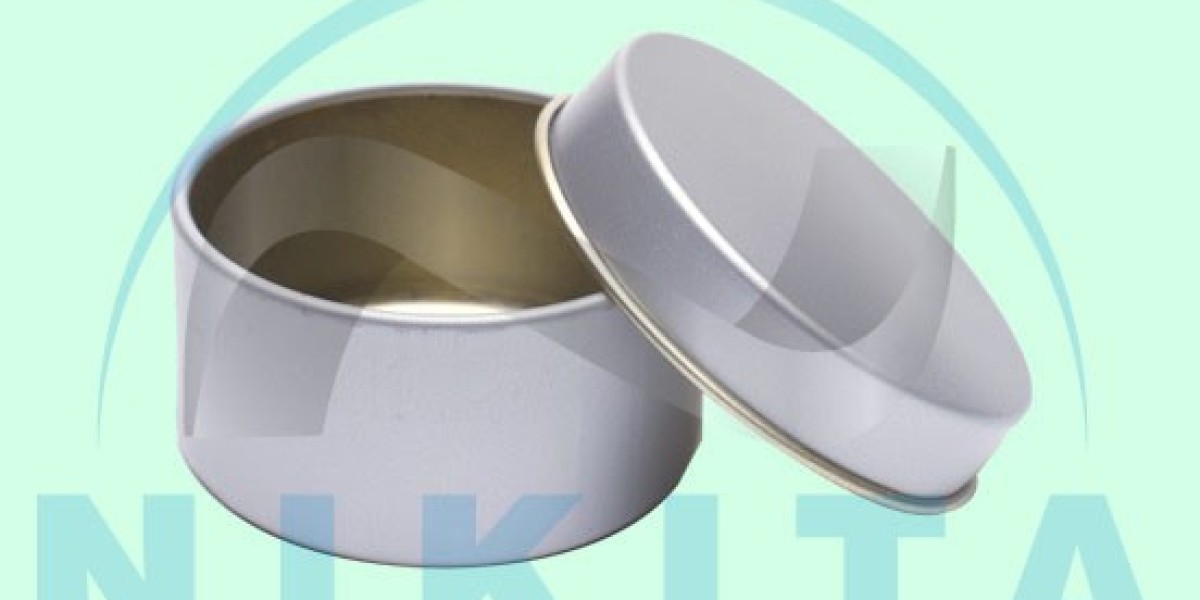Creating customized tin containers is an exciting way for brands to express their identity, appeal to target audiences, and provide durable, attractive packaging. From concept to final product, the design and production process involves several essential steps that ensure the container meets your brand’s aesthetic and functional requirements.
1. Defining the Purpose and Functionality
The first step in designing a tin container is defining its purpose. Consider what the container will hold—whether food, cosmetics, gifts, or storage items—and how it will be used by customers. Factors like size, shape, and durability will depend on the product’s needs. For instance, a tin meant for tea storage will require airtight sealing, while a cosmetics container may focus more on design and aesthetics.
2. Understanding Target Audience Preferences
Your target audience influences the design choices you make. For example, if your audience values sustainability, you might prioritize an eco-friendly design with recyclable materials. Knowing what appeals to your customers will help you decide on colors, graphics, and the level of reusability the container should offer. This insight allows your tin container to align with your brand’s identity while appealing to customer expectations.
3. Choosing the Right Tin Material and Finish
Selecting the right material is crucial for durability and appearance. High-quality tin is ideal for products that need long-lasting packaging. Additionally, finishes like matte, glossy, or metallic can give your container a distinct look. For example, a matte finish might suit an organic or rustic brand, while a glossy or metallic finish can be ideal for luxury products. Choosing the right finish adds a touch of professionalism and reflects your brand’s character.
4. Selecting the Container Shape and Size
Tin containers come in various shapes and sizes, from round and rectangular to custom shapes that reflect unique brand elements. Consider the product’s dimensions and the type of opening mechanism that suits it best. Containers meant for powders or teas may need screw-top lids for secure sealing, whereas gift tins might feature hinged lids or intricate closures. Custom shapes can add a unique element, making your product stand out on shelves.
5. Designing Graphics and Branding Elements
The design on a tin container plays a central role in conveying brand identity. From logo placement to artwork, ensure that each design element aligns with your brand’s aesthetic. Options like embossing, engraving, and digital printing allow you to create textured effects and eye-catching graphics. Decide on the fonts, colors, and overall layout so that every detail, from the logo to product information, is visually appealing and consistent with your brand.
6. Ensuring Functional Design for Customer Usability
While aesthetics are important, functionality is key to customer satisfaction. Test elements like ease of opening, stackability, and durability. For example, tins meant for food products should be easy to open while maintaining airtight seals. Containers with multiple compartments or easy-grip handles offer practical solutions for customers and add to the appeal of the packaging.
7. Considering Eco-Friendly and Reusable Options
In India’s eco-conscious market, brands benefit from designing sustainable packaging. Choosing recyclable tin and eco-friendly inks ensures that your container aligns with green values. Moreover, designing the container to be reusable—for storage, decoration, or other purposes—encourages customers to keep it longer, reinforcing brand recall and reducing waste.
8. Collaborating with a Reliable Manufacturer
Once your design concept is ready, collaborating with a reliable tin container manufacturer is essential. Look for manufacturers who specialize in custom designs and have experience producing high-quality containers. Request samples to assess the quality and finish, and discuss custom requirements like embossing or printing details. Effective communication ensures that the final product matches your specifications and meets the standards you aim to achieve.
9. Prototyping and Testing
Before mass production, creating a prototype helps identify any design issues. Testing prototypes provides insight into how the container performs under real-world conditions. For instance, food containers should be tested for air-tightness, while gift containers might be tested for durability during transport. Prototyping allows adjustments in design, size, and finishing touches before finalizing the order.
10. Preparing for Production and Quality Control
Once the prototype is approved, it’s time for full-scale production. Establish a quality control process to monitor each stage of manufacturing. Ensuring consistent quality in materials, printing, and assembly is essential for meeting customer expectations and brand standards. Periodic checks throughout production can catch any issues early, ensuring a flawless final product that accurately represents your brand.
Conclusion
Designing customized tin containers in India involves a thorough process that goes beyond aesthetics. By focusing on functionality, audience preferences, sustainable choices, and working with experienced manufacturers, brands can create packaging that not only looks appealing but also meets practical requirements. Custom tin containers offer brands a unique way to enhance product presentation, engage customers, and create lasting brand impressions.








